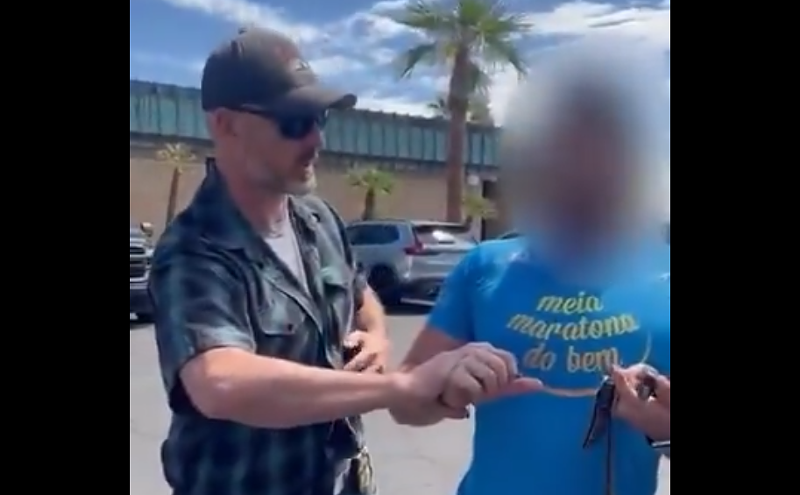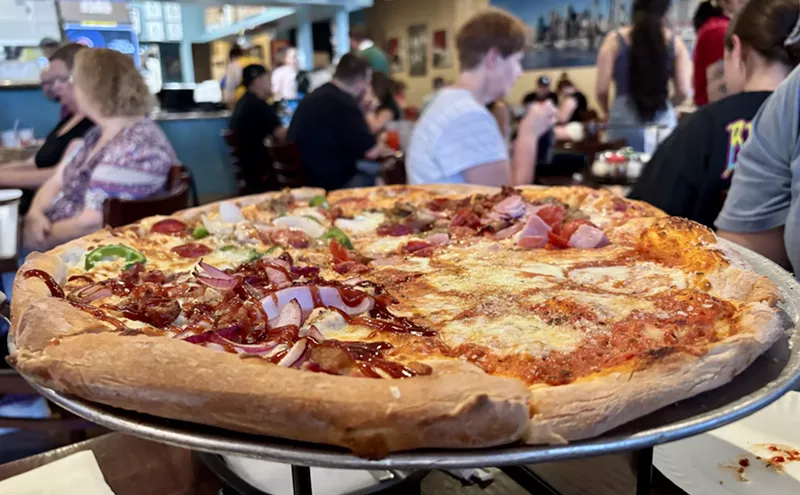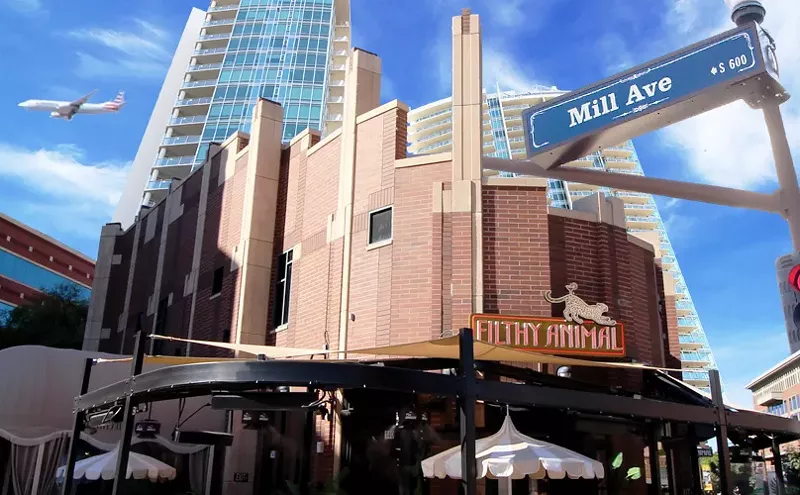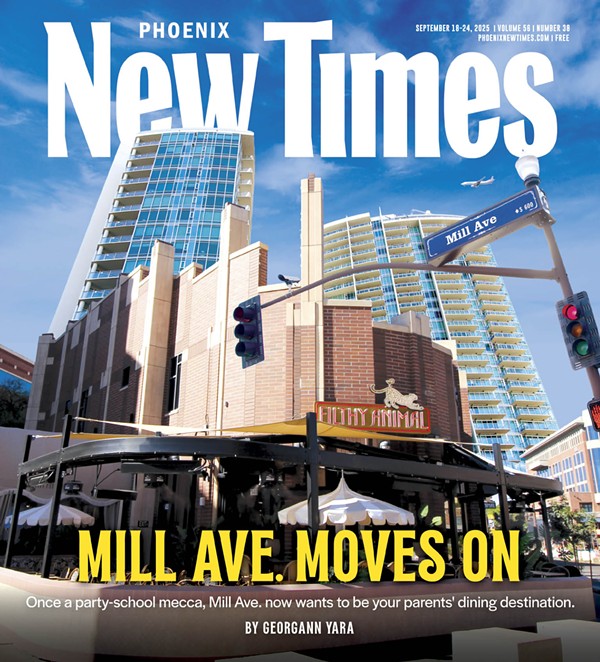Two sacred texts of the '50s proto-counterculture have escaped the rapacious machine of cinema adaptation for a half-century. One is J.D. Salinger's Catcher in the Rye, which probably only would have worked starring Salinger himself, and Jack Kerouac's On the Road, that ecstatic recount of crossings and recrossings of North America undertaken in the late 1940s by Kerouac and his muse, Neal Cassady (or "Dean Moriarty," in the book), an honest-to-God Western tramp fresh out of the reformatory with a vengeful hard-on.
Watching Bob Dylan recite Kerouac's "the only people for me are the mad ones" run from memory in Martin Scorsese's No Direction Home tells you everything of On the Road's scriptural status with his generation. Forty years Mr. Dylan's junior, I first read that passage in a question on the SAT Verbals section. Most recently, Katy Perry has cited it as the inspiration for her single "Firework."
So, On the Road has lost much of its secret-society thrill, making it the inevitable screen adaptation's job to resuscitate. And now Kerouac's "discover America" story has been filmed, written for the screen by Puerto Rican José Rivera, directed by Brazilian Walter Salles — his Motorcycle Diaries cohort — and made with an Englishman, Sam Riley, as Kerouac alter-ego Sal Paradise. This perspective is not necessarily a disadvantage, for Kerouac, a Northeasterner of French-Canadian stock — we see him speaking Quebeçoise to his mother at the Ozone Park, Queens, apartment that they share — self-identifies as an awed outsider, hanging on to cowboy Cassady and black jazz musicians to submerge himself into the enigma of America.
Riley doesn't seem like he would have landed Kerouac's football scholarship. But beefy blond Garrett Hedlund, as Dean, has a swinging-dick panther prowl and gives off something of Moriarty's itchy go-go compulsion — though he more often suggests American by way of a Levi's ad than a wired dude you'd find hanging around a Greyhound station at 2 a.m. A feeling of reckless chance is difficult to achieve on a $25 million period piece, for the vintage sedans must be acquisitioned, and the signs must be hung on the streets in New York and San Francisco and then shot from just the right angle. The filmmaker's solution is to give more attention to polymorphous bedroom and backseat experimentation than to exploration of the landscape. Playing Dean's on-again, off-again jailbait nympho wife, Mary Lou, Kristen Stewart's existential screen presence is a boon; Viggo Mortensen also shows up as "Bull Lee" — code name of William S. Burroughs — doing what seems like a long-honed party-trick impersonation of Burroughs' adenoidal drawl.
Salles' On the Road does build to a certain rueful poignancy. The film ends with a guilty meeting, Paradise's fortunes beginning to rise as Moriarty's fall. He's a burnt-out firework, precisely because he has put into practice the irresponsible, footloose philosophy that Paradise is making an artistic commodity. Here is one glimmer of truth in what's otherwise a deliberately unfinished fraud — another "primitive" postwar antique repurposed for boutique sale.








